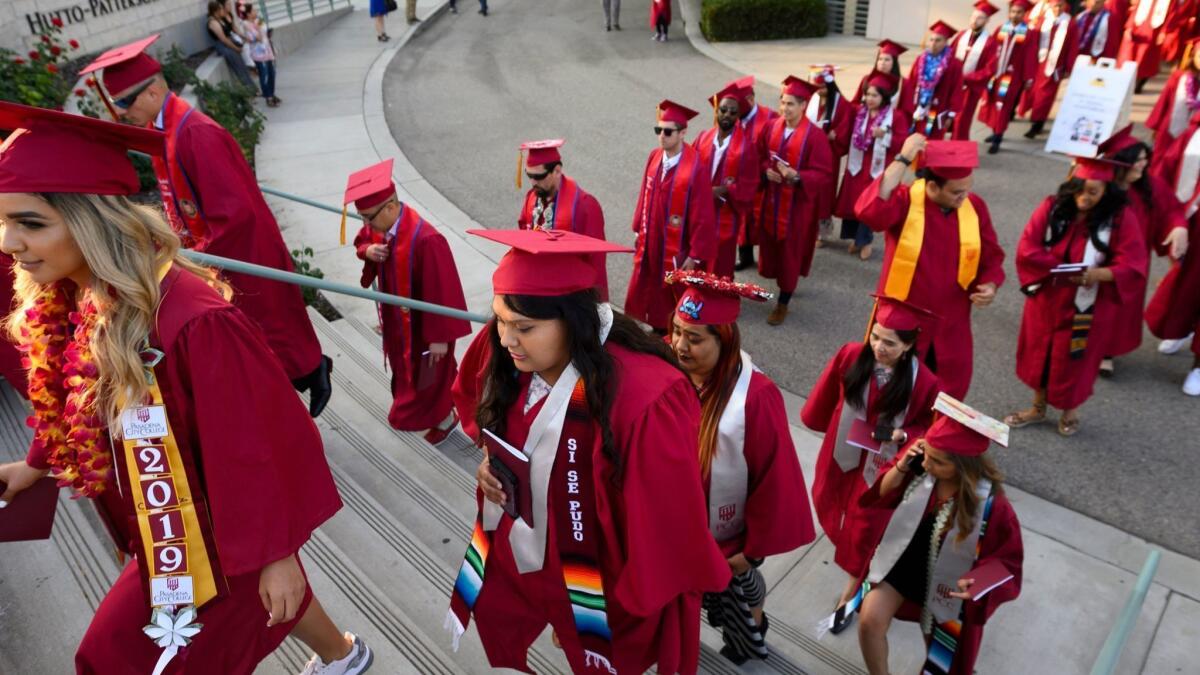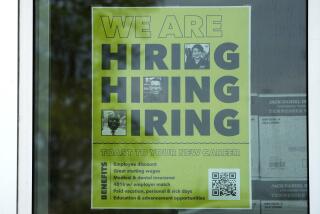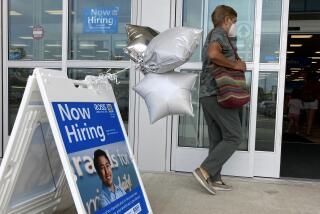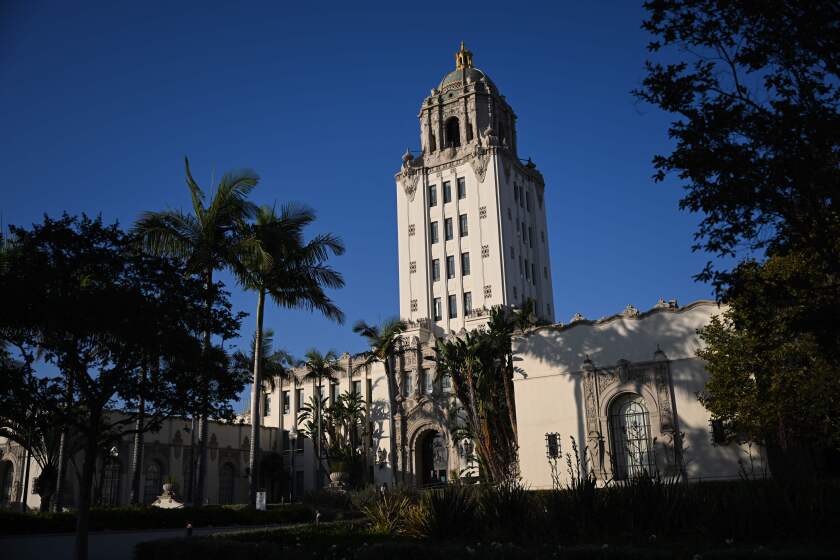Analysis:: Hiring is strong, but wage data show the U.S. still hasn’t fully recovered

Friday’s strong jobs report helped allay fears that the combination of trade wars and weakness overseas would drag the U.S. into a recession. It also underscored how far the nation has to go to fully heal from the great recession.
Even after 10 years of job growth, employers are hiring at a faster pace than the pool of workers is growing. Yet for most workers, wages are rising only modestly. That implies there has been an ample supply of people outside the job market who can be pulled back in not because they are being offered more money, but because now employers are giving them the opportunity.
If the current U.S. economy – with its 3.7% unemployment rate – isn’t fully healed, what would a recovered economy look like? The clearest sign would be a bigger share of the economic pie going to workers. The “labor share,” or portion of national income going to wages, has dropped sharply since 2001.
This isn’t an anti-business perspective. Traditionally, businesses have done well when labor’s share of the economic pie is rising. The largest peak in recent memory was during the boom of the late 1990s.
The reason is straightforward. The better businesses do, the more they would like to expand. When almost all businesses are doing well, they all try to expand at the same time. This soaks up the supply of labor, increases the competition for existing workers and forces businesses to offer workers better compensation in order to get them to stay.
There are other seemingly paradoxical signs of an economy that is fully healed. The fraction of young people who are full-time students should fall – or at least rise at a slower rate. While education in general improves young workers’ job prospects, a four-year college degree isn’t always worth the cost if you’re not majoring in a STEM or business field.
Often an associate’s degree in a health-related field or even a certification in STEM will pay more and have a far higher return on investment. However, when jobs are difficult to find, college offers both an alternative to unemployment and, if not more money, a slight edge in getting hired when they get out. As employers become more desperate to find workers, both of those reasons fall away and the pressure to get a four-year degree decreases.
The second and perhaps more obvious reason is that a strong job market encourages students to finish their degrees more quickly. Even if the same fraction of students ultimately get degrees, if they get them in a shorter amount of time, enrollment rates will fall. Four-year college enrollment rates declined a bit in 2017 but still haven’t shown the prolonged slide that we saw in the 1990s.
Lastly, as the job market fully heals there should be a marked uptick in the number of people working past retirement age. It might seem that a larger fraction of seniors working is a sign of economic weakness and asset levels so low that many can’t retire. More likely, however, it’s a sign that employers are finding ways to keep older workers in their jobs.
In the same way that we see employers become more open to workers with disabilities when the labor market is tight, they will also become more open to hiring and making accommodations for older workers.
Hard data on this is limited. Anecdotal reports suggest that it is beginning to happen recently, but that working past 65 is not yet the norm.
The job market is still going strong, but until we see labor’s share of income rising and increasing numbers of people choosing work over school and retirement, the job market won’t be fully healed.
Karl W. Smith writes a column for Bloomberg.
More to Read
Inside the business of entertainment
The Wide Shot brings you news, analysis and insights on everything from streaming wars to production — and what it all means for the future.
You may occasionally receive promotional content from the Los Angeles Times.










